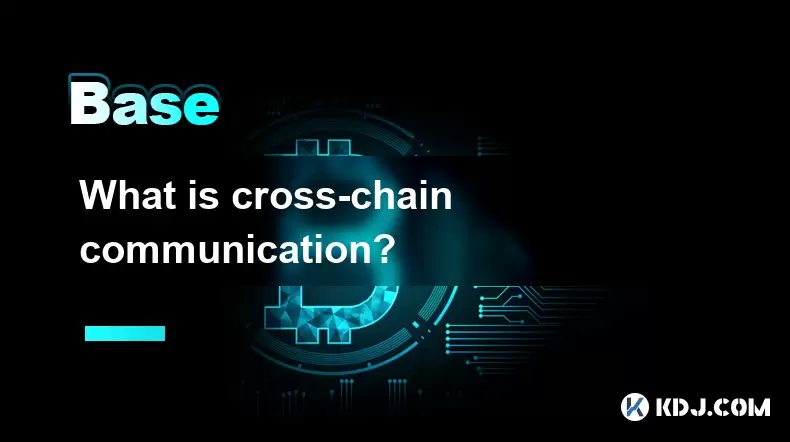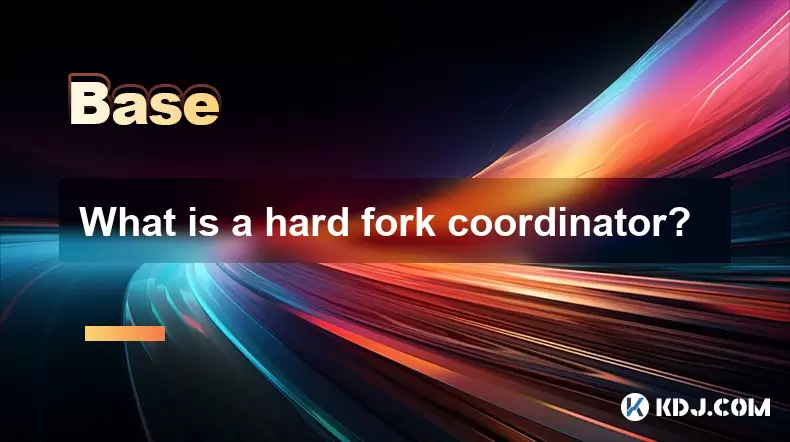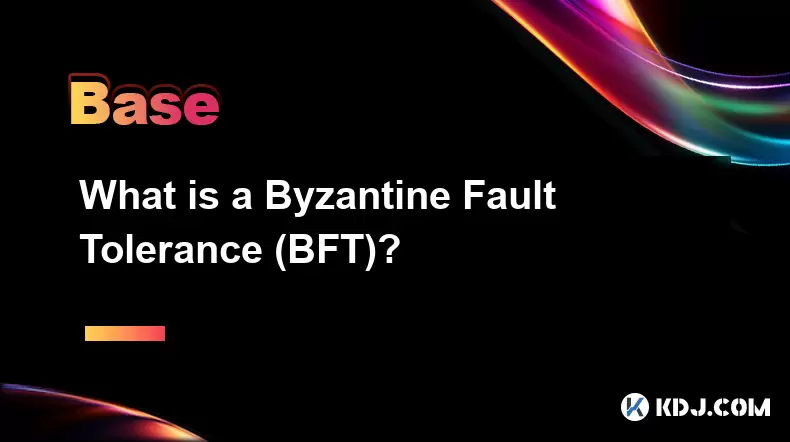-
 Bitcoin
Bitcoin $109,459.7682
2.44% -
 Ethereum
Ethereum $2,598.6052
6.29% -
 Tether USDt
Tether USDt $1.0003
0.00% -
 XRP
XRP $2.2734
3.95% -
 BNB
BNB $661.4886
1.58% -
 Solana
Solana $155.4825
4.35% -
 USDC
USDC $0.9999
-0.02% -
 TRON
TRON $0.2838
1.04% -
 Dogecoin
Dogecoin $0.1740
8.25% -
 Cardano
Cardano $0.6047
9.04% -
 Hyperliquid
Hyperliquid $40.2302
6.50% -
 Sui
Sui $2.9863
10.05% -
 Bitcoin Cash
Bitcoin Cash $509.5786
0.60% -
 Chainlink
Chainlink $13.8156
6.03% -
 UNUS SED LEO
UNUS SED LEO $9.0142
0.69% -
 Avalanche
Avalanche $19.0337
8.68% -
 Stellar
Stellar $0.2438
5.17% -
 Toncoin
Toncoin $2.9012
3.59% -
 Shiba Inu
Shiba Inu $0.0...01210
6.20% -
 Litecoin
Litecoin $90.0882
7.05% -
 Hedera
Hedera $0.1597
8.53% -
 Monero
Monero $326.3340
2.88% -
 Polkadot
Polkadot $3.6365
9.32% -
 Bitget Token
Bitget Token $4.6162
2.72% -
 Dai
Dai $1.0001
0.00% -
 Ethena USDe
Ethena USDe $1.0002
-0.01% -
 Uniswap
Uniswap $7.6403
10.47% -
 Pepe
Pepe $0.0...01060
12.03% -
 Aave
Aave $281.3664
7.56% -
 Pi
Pi $0.4992
1.76%
What is cross-chain communication?
Cross-chain communication enables secure data and asset transfers between blockchains, fostering interoperability for DeFi, NFTs, and decentralized applications.
Jul 03, 2025 at 06:29 pm

Understanding the Basics of Cross-Chain Communication
Cross-chain communication refers to the secure exchange of data and assets between different blockchain networks. This technology is essential for enabling interoperability in a multi-chain ecosystem where blockchains operate independently with distinct protocols, consensus mechanisms, and smart contract capabilities. Without cross-chain communication, each blockchain remains isolated, limiting the potential for decentralized finance (DeFi), non-fungible tokens (NFTs), and other blockchain-based applications to interact seamlessly.
The core idea behind this mechanism is to allow one blockchain to verify and act upon events or transactions that occur on another chain. For example, transferring a token from Ethereum to Binance Smart Chain requires a secure way to lock the original asset and mint a corresponding token on the target chain.
How Does Cross-Chain Communication Work?
At its foundation, cross-chain communication relies on specialized protocols and technologies such as bridges, relays, oracles, and sidechains. These components facilitate the verification and transmission of information across disparate networks.
One common method involves using smart contracts to lock assets on the source chain while issuing equivalent tokens on the destination chain. A bridge monitors these events and facilitates the transfer. Another approach uses light clients or relay systems, where a lightweight version of a blockchain’s state is maintained on another chain to validate transactions without requiring full nodes.
Oracle services can also play a role by providing external data inputs that trigger cross-chain actions. However, this introduces trust assumptions depending on the oracle's decentralization level.
Different Types of Cross-Chain Bridges
There are several types of bridges used in cross-chain communication:
- Federated bridges, which rely on a trusted group of validators to confirm cross-chain transactions.
- Trustless bridges, which use cryptographic proofs and smart contracts to ensure security without relying on intermediaries.
- Hybrid bridges, combining elements of both federated and trustless models to balance speed, cost, and security.
Each type has trade-offs. Federated bridges offer faster transaction times but introduce centralization risks, whereas trustless bridges are more secure but may be slower and more resource-intensive. Hybrid solutions attempt to find a middle ground, offering flexibility based on the application’s requirements.
Challenges and Risks in Cross-Chain Communication
Despite its benefits, cross-chain communication faces several challenges:
- Security vulnerabilities: Many high-profile hacks have targeted cross-chain bridges due to their complex nature and reliance on multiple layers of code.
- Latency and efficiency: Confirming transactions across chains can take longer than within a single network, especially when finality differs between chains.
- Smart contract compatibility: Not all blockchains support the same virtual machines or programming languages, making interoperability difficult.
- Regulatory uncertainty: As cross-chain transfers become more prevalent, regulatory scrutiny increases, particularly around anti-money laundering (AML) and know-your-customer (KYC) compliance.
Developers must carefully design and audit these systems to mitigate risks and ensure robustness against potential exploits.
Use Cases and Applications of Cross-Chain Technology
Cross-chain communication enables a variety of real-world applications:
- Decentralized exchanges (DEXs) that allow trading across multiple chains without centralized intermediaries.
- Multi-chain DeFi platforms that optimize yield farming and liquidity provision across ecosystems like Ethereum, Avalanche, and Solana.
- NFT marketplaces that enable creators to deploy digital assets across different chains and reach broader audiences.
- Interoperable identity systems that allow users to carry verified credentials across various blockchain environments.
These use cases demonstrate how cross-chain communication unlocks value by connecting previously siloed networks, allowing users and developers to build more flexible and scalable decentralized applications.
Implementing Cross-Chain Communication: A Step-by-Step Guide
For developers looking to implement cross-chain communication, here is a general outline:
- Choose the appropriate cross-chain architecture based on your project’s needs—whether it's a trustless bridge, federated model, or hybrid solution.
- Set up monitoring nodes or oracles that will listen for events on the source chain and relay them to the destination chain.
- Deploy smart contracts on both chains to handle locking, releasing, and minting of assets during cross-chain transfers.
- Integrate cryptographic proof systems such as Merkle Patricia Trie or SPV (Simplified Payment Verification) to verify transactions without trusting third parties.
- Test extensively using testnets and simulate attacks to identify vulnerabilities before deploying to mainnet.
This process requires deep technical expertise and continuous maintenance to ensure ongoing security and performance.
Frequently Asked Questions
What are the most popular cross-chain communication protocols?
Some of the widely adopted protocols include Chainlink CCIP (Cross-Chain Interoperability Protocol), Cosmos IBC (Inter-Blockchain Communication), and LayerZero. Each protocol offers unique features tailored to specific use cases and security models.
Can any blockchain participate in cross-chain communication?
While many modern blockchains are designed with interoperability in mind, legacy chains like Bitcoin require additional infrastructure such as wrapped tokens or sidechains to participate in cross-chain ecosystems.
Is cross-chain communication safe for everyday users?
For end-users, interacting with well-audited and battle-tested bridges is generally safe, though risks remain due to potential smart contract bugs or malicious validator behavior. Always research the security track record of any bridge before use.
How does cross-chain communication differ from multi-chain strategies?
Cross-chain communication focuses on enabling direct interaction between chains, whereas multi-chain strategies involve building separate applications on different chains without necessarily linking them together.
Disclaimer:info@kdj.com
The information provided is not trading advice. kdj.com does not assume any responsibility for any investments made based on the information provided in this article. Cryptocurrencies are highly volatile and it is highly recommended that you invest with caution after thorough research!
If you believe that the content used on this website infringes your copyright, please contact us immediately (info@kdj.com) and we will delete it promptly.
- ZKasino's $30M Rug Pull: Founder Arrested in UAE – Justice Served?
- 2025-07-04 00:30:13
- Bitcoin's Bull Run: Standard Chartered and the ETF Inflow Effect
- 2025-07-04 00:30:13
- Bitcoin Price Swings, Short Squeezes, and Political Plays: What's Next?
- 2025-07-04 00:35:12
- PEPE Price Surges Amid Golden Cross: Memecoin Market Heats Up!
- 2025-07-03 23:10:15
- Cooking.City Launches on Solana: A Recipe for On-Chain Success?
- 2025-07-03 23:10:15
- Meme Coins, PENGU, and Investment: Riding the Crypto Wave
- 2025-07-03 23:50:12
Related knowledge

What is open interest in derivatives?
Jul 03,2025 at 02:49pm
Understanding Open Interest in DerivativesOpen interest is a critical metric used in the cryptocurrency derivatives market, particularly when analyzing futures and options contracts. It represents the total number of outstanding contracts that have not been settled or closed by either party involved. Unlike trading volume, which counts all trades made i...

What is a CME gap for Bitcoin?
Jul 03,2025 at 05:49pm
Understanding the Concept of a CME GapA CME gap refers to a discrepancy in price between the closing price of Bitcoin on the Chicago Mercantile Exchange (CME) and its opening price when trading resumes. This phenomenon occurs because the CME operates during specific hours, typically aligned with traditional market hours, while cryptocurrency markets ope...

What is a liquidation cascade?
Jul 03,2025 at 07:15am
Understanding the Concept of LiquidationIn the realm of cryptocurrency trading, liquidation refers to the process by which a trader's position is automatically closed due to insufficient funds to maintain the leveraged trade. This typically occurs when the market moves against the trader's position and their account equity falls below the required maint...

What is a hard fork coordinator?
Jul 03,2025 at 12:42pm
Understanding the Role of a Hard Fork CoordinatorIn the world of blockchain and cryptocurrencies, a hard fork coordinator plays a critical role during major network upgrades. A hard fork is a significant change to a blockchain’s protocol that makes previously invalid blocks or transactions valid (or vice versa). This type of upgrade requires all nodes o...

What is a Byzantine Fault Tolerance (BFT)?
Jul 03,2025 at 11:49am
Understanding the Concept of Byzantine Fault ToleranceByzantine Fault Tolerance (BFT) is a critical concept in distributed systems, particularly within the realm of blockchain technology and cryptocurrencies. It refers to the ability of a system to continue functioning correctly even when some components fail or behave maliciously. The term originates f...

What is a subDAO?
Jul 03,2025 at 09:36am
Understanding the Concept of SubDAOA SubDAO, short for Sub-Decentralized Autonomous Organization, is a specialized entity that operates under the umbrella of a larger DAO (Decentralized Autonomous Organization). It functions with its own set of rules, governance mechanisms, and tokenomics while remaining aligned with the overarching goals of the parent ...

What is open interest in derivatives?
Jul 03,2025 at 02:49pm
Understanding Open Interest in DerivativesOpen interest is a critical metric used in the cryptocurrency derivatives market, particularly when analyzing futures and options contracts. It represents the total number of outstanding contracts that have not been settled or closed by either party involved. Unlike trading volume, which counts all trades made i...

What is a CME gap for Bitcoin?
Jul 03,2025 at 05:49pm
Understanding the Concept of a CME GapA CME gap refers to a discrepancy in price between the closing price of Bitcoin on the Chicago Mercantile Exchange (CME) and its opening price when trading resumes. This phenomenon occurs because the CME operates during specific hours, typically aligned with traditional market hours, while cryptocurrency markets ope...

What is a liquidation cascade?
Jul 03,2025 at 07:15am
Understanding the Concept of LiquidationIn the realm of cryptocurrency trading, liquidation refers to the process by which a trader's position is automatically closed due to insufficient funds to maintain the leveraged trade. This typically occurs when the market moves against the trader's position and their account equity falls below the required maint...

What is a hard fork coordinator?
Jul 03,2025 at 12:42pm
Understanding the Role of a Hard Fork CoordinatorIn the world of blockchain and cryptocurrencies, a hard fork coordinator plays a critical role during major network upgrades. A hard fork is a significant change to a blockchain’s protocol that makes previously invalid blocks or transactions valid (or vice versa). This type of upgrade requires all nodes o...

What is a Byzantine Fault Tolerance (BFT)?
Jul 03,2025 at 11:49am
Understanding the Concept of Byzantine Fault ToleranceByzantine Fault Tolerance (BFT) is a critical concept in distributed systems, particularly within the realm of blockchain technology and cryptocurrencies. It refers to the ability of a system to continue functioning correctly even when some components fail or behave maliciously. The term originates f...

What is a subDAO?
Jul 03,2025 at 09:36am
Understanding the Concept of SubDAOA SubDAO, short for Sub-Decentralized Autonomous Organization, is a specialized entity that operates under the umbrella of a larger DAO (Decentralized Autonomous Organization). It functions with its own set of rules, governance mechanisms, and tokenomics while remaining aligned with the overarching goals of the parent ...
See all articles

























































































